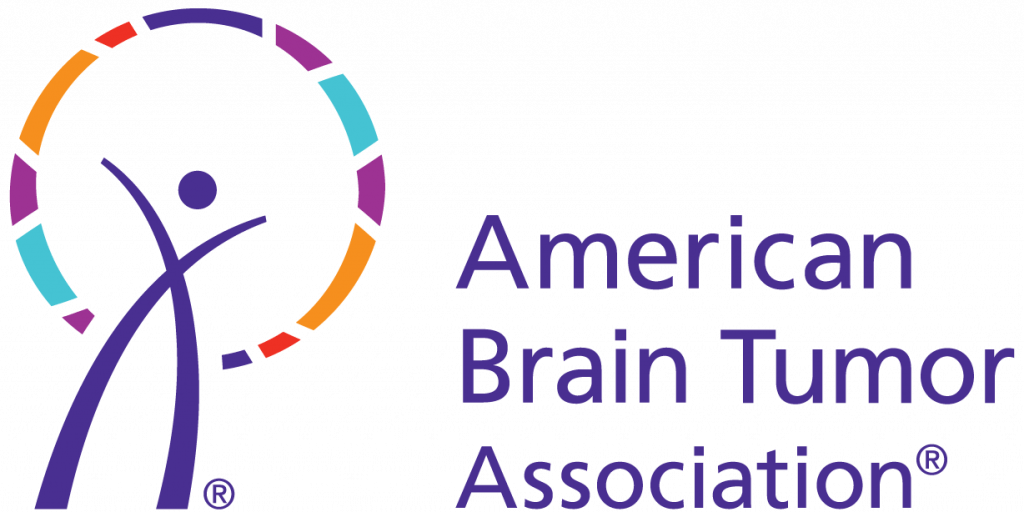Pediatric Caregiver Resources Center
When your child is diagnosed with a brain tumor, your life is instantly turned upside down. As a parent, your natural instinct is to protect your child, but a brain tumor diagnosis is something you can’t control.
Please know that you are not alone. Our resources and community of patients, survivors, and caregivers can help with information, insight, and support. The ABTA website can be your personal touchstone as you navigate the days, weeks, and years ahead.
Pediatric Brain Tumor Facts
Children are not smaller versions of adults. Their bodies and brains are still developing, they have different needs, and their tumors are different too.
Pediatric Caregiver Resources
What is a brain tumor?
A brain tumor is a clump of cells in the brain that is not supposed to be there. A child’s body makes cells when they are needed for development or repair. A tumor develops when normal or abnormal cells multiply when they are not needed.
How common are brain tumors in children?
Though rare, brain tumors are the most common form of solid tumors among children under the age of 14. Childhood tumors frequently appear in different locations and behave differently than brain tumors in adults. Most pediatric brain and spine tumors are primary tumors, meaning they originated in the brain or spine. Treatment options vary and often depend on the child’s age and the type, grade, and location of the tumor. Children with tumors may also have a much better long-term outlook (prognosis) than adults with a similar condition. For more information on brain tumor types, as well as classifying a brain tumor by grade, consult our Brain Tumor FAQs.
What are the most common brain tumors in children?
The most common types of brain tumors in children 0-14 are gliomas, of which the majority are pilocytic astrocytoma and other low grade gliomas. For more information on specific tumors, take a look at our detailed list of brain tumor types.
What is the difference between benign and malignant brain tumors?
Tumors are often referred to as “benign” or “malignant.” The words “benign” and “malignant” are generally used to describe how normal or abnormal the cells are when viewed under a microscope.
Malignant
Tumors with cells that appear very different than normal cells are called “malignant.” Malignant tumors are more aggressive and cancerous.
Benign
Tumors with cells that are similar in appearance to normal cells are called “benign.” In general, benign tumors are less aggressive and noncancerous.
Non-malignant
Non-malignant means the same thing as benign. When talking about brain tumors, the word “non-malignant” is usually used instead of the word “benign” because some of these tumors can cause significant symptoms that impact quality of life.
What does prognosis mean?
A prognosis is a prediction about the future course of the disease and the likelihood of recovery. Prognosis is based upon many factors, including the type of tumor, its location and grade, the length of time your child has exhibited symptoms, the speed of growth, and treatment options. The age of your child and the extent to which the tumor has affected your child’s ability to function are also important factors.
Because there are so many unique factors with each case, it is important to talk with your child’s healthcare team to better understand his or her condition and prognosis.
After a Pediatric Brain Tumor Diagnosis
The process of discovering that your child has a brain tumor is overwhelming and emotional. We have detailed information on the process of diagnosing a brain tumor so that you can better understand what is happening.
Impact on the Family
When a child has a brain tumor, it affects the entire family. Emotions can be raw. Stress and anxiety levels rise. Here you will find information on family communication, managing stress, and getting support.
Returning to School
During the diagnosis and treatment of a brain tumor, your child may ask, “When can I go back to school?” Returning to school after months of treatment can be a cause for celebration. It’s also a process that needs care, attention, and support by you as a parent, and also by the child’s teachers, school social worker or counselor, and principal. Although it’s important to return to school, it’s also critical to be aware of what your child may experience and ways you can help.
You are your child’s best advocate
A study published by the National Center for Biotechnology Information found that less than 50 percent of recommendations from neuropsychological evaluations were implemented in the school setting . This underscores the importance of parents knowing their rights and advocating for their children’s interests.
- As your child makes the transition back to school, consider planning regular meetings with your child’s teacher or counselor to see how things are going. Ask about behavior, signs of fatigue, excessive frustration, and depression.
- Check in with your child frequently and help address his or her concerns.
- Be aware of changes in your child’s physical, emotional, and cognitive abilities and be prepared to request updated accommodations at school.
For more information, download our Educating Children and Teenagers fact sheet.




